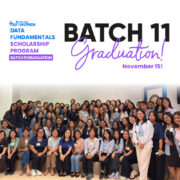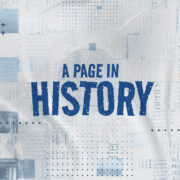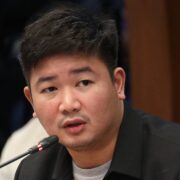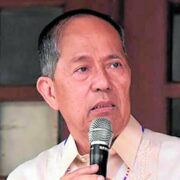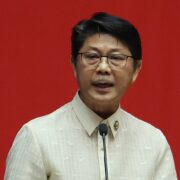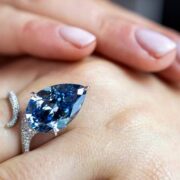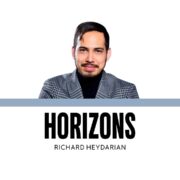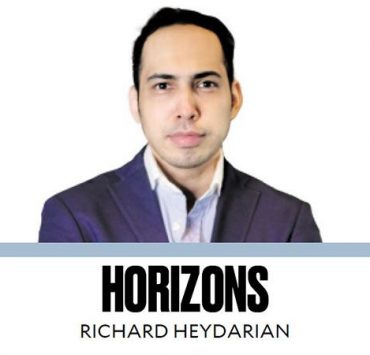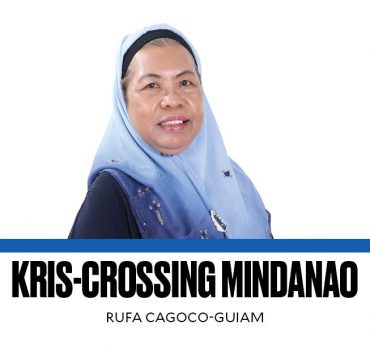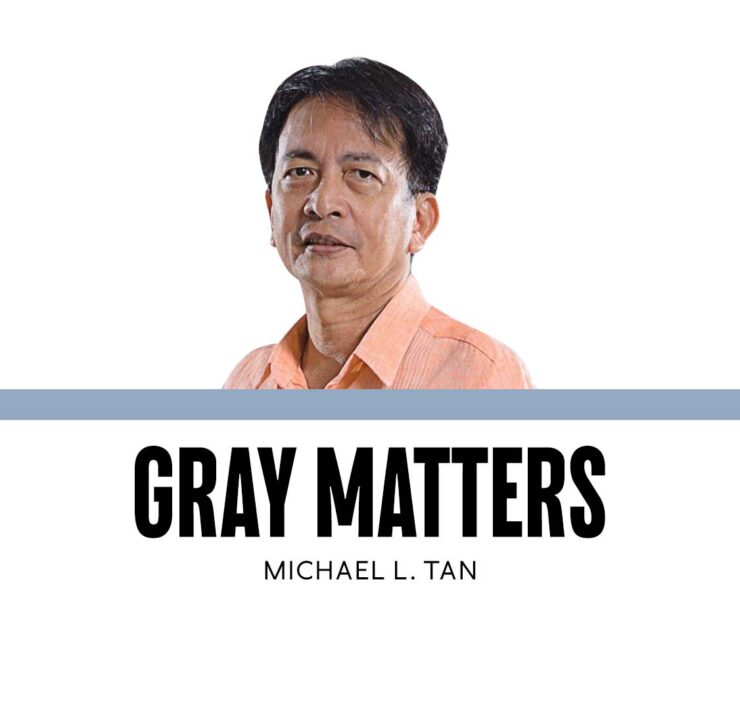On the spectrum
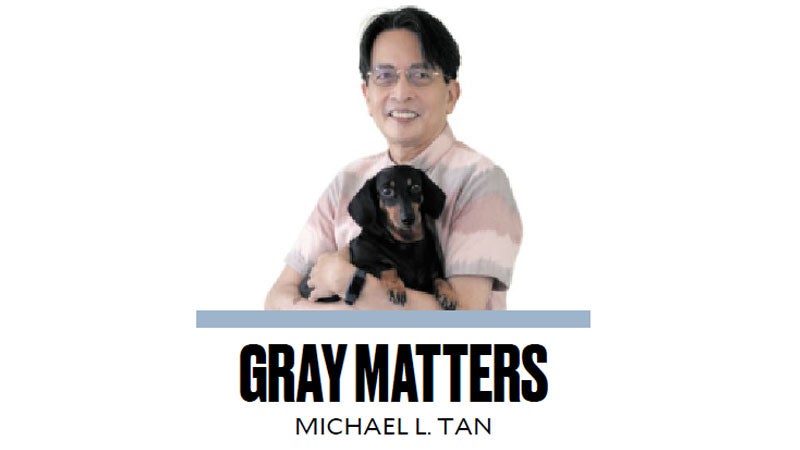
A few months ago, a new acquaintance of mine, who I had met just once a week earlier, told me out of nowhere, “I feel I should let you know I sometimes become quite blunt when I speak.”
I was taken aback but only for a few seconds. I smiled and replied, “I understand,” and he knew I was comfortable knowing he was “on the spectrum.”
The term is of fairly recent coinage, first used by the American Psychiatric Association (APA) to refer to autism spectrum disorder in 1980, but officially adopted only in 2013. The APA had been using “autism” for a long time before that, but decided in 2013, that autism was actually a wide spectrum that included Asperger’s syndrome.
April 2 has been designated World Autism Awareness Day by the United Nations, while communities in different parts of the world have declared April as Autism Acceptance Month.
In the Philippines, we do have activities to promote autism awareness, but they seem to be focused on children and are still oriented toward looking at autism as an intellectual disability (I don’t want to use the “r” word), with people confusing autism with Down syndrome, what used to be called “Mongoloidism,” a term that is worse than the “r” word because it smacks of racism.
Autism’s main signs are associated with what psychologists and psychiatrists call “social communication deficits,” which, in broad terms, are sometimes described as not being able to read other people’s and one’s own emotions. It is a neurodevelopmental condition, which means the brain is unable to process certain signals important in human communications.
The resulting communication deficits become a problem because they run counter to social norms, for example, a person on the spectrum may be averse to maintaining eye contact or lack proficiency with nonverbal gestures (including those used to flirt or to court). “Tactless” is a description often used by people who don’t understand autism. People on the spectrum also tend to interpret abstract ideas literally, which can be interpreted by other people as lacking a sense of humor.
The other cluster of signs and symptoms refers to restricted interests and repetitive behaviors. There can be difficulty coping with change, with a preference for fixed routines, including how furniture and personal belongings are arranged. The fixed preferences apply as well to clothing.
People on the spectrum can be overfocused on specific topics and expect others to share that fixation. Sensory hypersensitivity, such as to loud noise (a real problem in the Philippines, where even deafening noises are perceived as mild).
“The spectrum” is quite complicated and may involve other conditions, such as depression and obsessive-compulsive disorder, which in turn, might actually be the result of feeling socially rejected.
Filipinos get confused with other conditions such as attention-deficit/hyperactivity disorder (ADHD). Some people may have ADHD as well as autism but the two are quite different.
Representation in movies and films has helped to promote awareness of the spectrum, notably the “The Good Doctor” series (with the original Korean and an adapted United States version) and the Korean “Extraordinary Attorney Woo.”
Netflix is also running a third season of “Love on the Spectrum,” which has been criticized as focusing on autistic couples falling in love, with the people on the spectrum “used” only for entertainment and in stereotyped portrayals.
Many people on the spectrum are not geniuses but will manage to do quite well in their careers. Those aware of their communication problems and fixations will gravitate to professions where they find a good fit, many in the academe, where “nerds,” including autistic nerds, are appreciated.
But it would be a mistake to romanticize the situation of people on the spectrum. Social norms can be cruel, with even children learning to avoid children on the spectrum because their behavior is “weird.” As adults, they might find difficulties getting along in offices that emphasize conformity and constant socialization. This can lead to constant changes in their jobs and growing feelings of inadequacy and self-esteem.
As usual, upper income households can get their children diagnosed early and initiate social support, including social skills training. University of the Philippines Philippine General Hospital offers these services and diagnostics for children and adults.
Let me say that a growing number of health professionals and scientists do not like the term ASD because we do not see autism as a disease or disorder. Instead, we see it as part of human neurodiversity, which responds to the many niches we need for human survival. Lately, this has included Silicon Valley’s genius billionaires, but that’s for another column as the need to recognize genius does not go well with greed and narcissism.

